The road to Tybee just got a bit more friendly to cyclists by John Bennett was originally published in Connect Savannah on July 10.
The Georgia Department of Transportation’s $1.85 million resurfacing project on US Highway 80 is intended to raise the roadway between Savannah and Tybee Island and make it less susceptible to flooding, which is more frequent on the causeway these days due to rising sea levels.
Local people who ride bikes may have noticed another outcome. The road to Tybee Island now has bikeable shoulders.
Previously, the shoulders were covered with rumble strips, encroached upon by vegetation, and strewn with debris. This trio of problems ensured that only the bravest souls — or people with no other options — pedaled between Savannah and Tybee Island.
In place of the previous rumble strips, GDOT has installed edge line rumble strips, placed directly at the edge of the travel lane. These are sometimes referred to as edge line rumble stripes and they still provide the same function as the previous shoulder-spanning rumble strips: alerting inattentive drivers, through vibration and sound, that their vehicles are leaving the travel lane. Yet they keep the surface of the shoulder itself smooth and suitable for cycling.
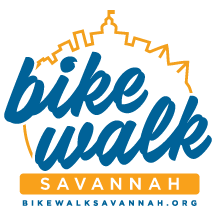
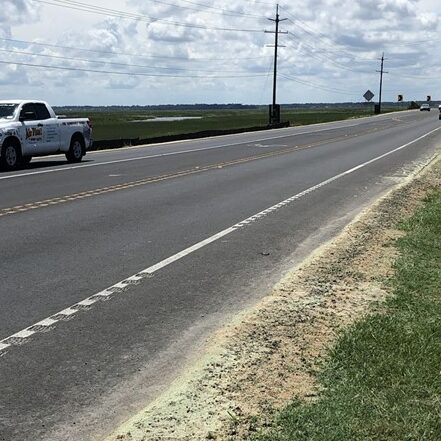
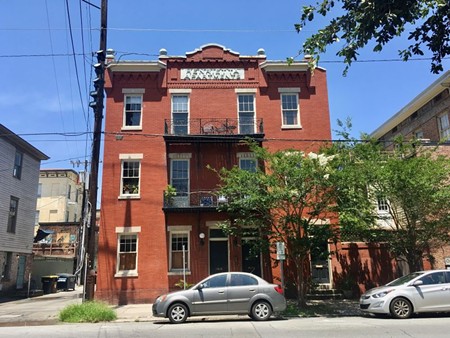
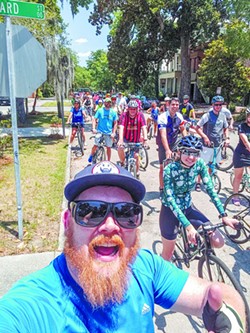
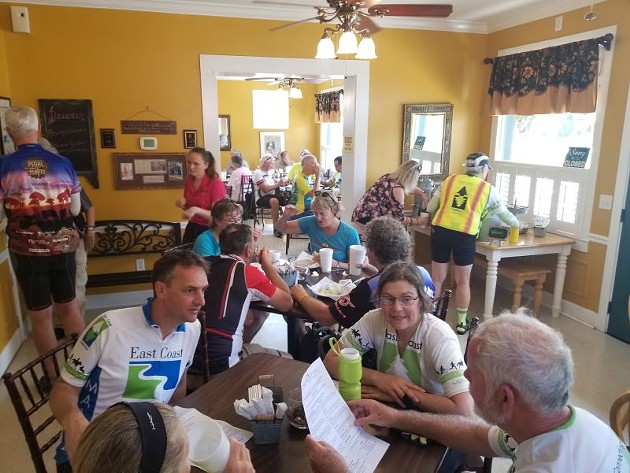
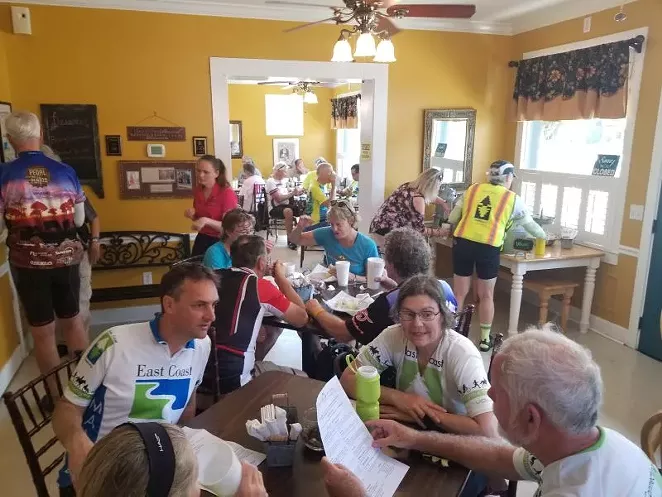
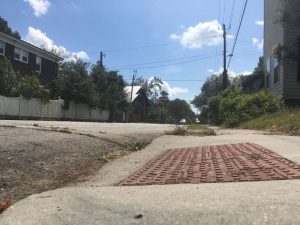 COUNTING CRACKS in the sidewalk might sound like a euphemism for a boring and useless activity, along the lines of “watching paint dry,” but in Ardsley Park these days it’s a purposeful part of a serious initiative.
COUNTING CRACKS in the sidewalk might sound like a euphemism for a boring and useless activity, along the lines of “watching paint dry,” but in Ardsley Park these days it’s a purposeful part of a serious initiative.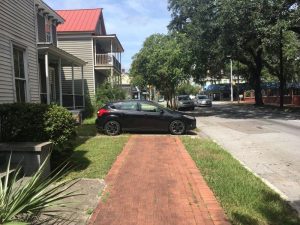 LOCAL PROBLEMS and opportunities demand local solutions and initiatives. That’s one of the messages Ben Stone delivered to a gathering of 30 neighborhood leaders, government officials, and advocates Aug. 9 at Bull Street Labs.
LOCAL PROBLEMS and opportunities demand local solutions and initiatives. That’s one of the messages Ben Stone delivered to a gathering of 30 neighborhood leaders, government officials, and advocates Aug. 9 at Bull Street Labs.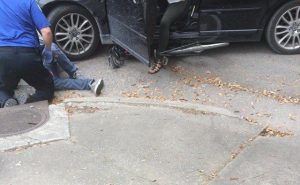 IT HAPPENED almost 13 years ago. On Aug. 27 2005, I was hit by a car while riding my bike.
IT HAPPENED almost 13 years ago. On Aug. 27 2005, I was hit by a car while riding my bike.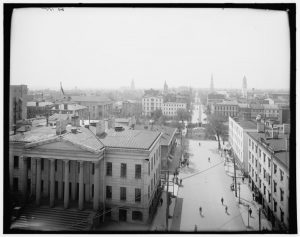 AT LEAST once a month I make a presentation to a civic organization, neighborhood association, class, or conference and one of my favorite slides is a 1901 photograph that depicts Bull Street looking south from City Hall.
AT LEAST once a month I make a presentation to a civic organization, neighborhood association, class, or conference and one of my favorite slides is a 1901 photograph that depicts Bull Street looking south from City Hall.














